
Our Geological Wonderland: The Moon
The Moon is our closest celestial neighbor. Recognized in antiquity, often saddled with mysterious traits, and considered to sometimes have negative effects on humans and other animals, it remained mostly a mystery until the late 1950s when the first Russian unmanned spacecraft landed on its surface. And so began the “space race.”
The United States was not the first in space or to land on the Moon, beaten by Russia with their Sputnik in 1958, and by Luna 2 with landed in 1959. In response, the U.S. formed the National Aeronautics and Space Administration in 1958 and 11 years later became the first country to land humans on the Moon. This momentous event happened 50 years ago, on July 20, 1969 (Figure 1; Table 1). I think that landing event is perhaps the most spectacular accomplishment of Homo sapiens.

Launched from the Kennedy Space Center at Cape Canaveral, Florida July 16, NASA’S Apollo 11 spacecraft carried three Astronauts, Neil Armstrong, Edwin (Buzz) Aldrin and Michael Collins and landed safely on the Moon’s surface (Figure 1). Armstrong was first to descend the ladder and walk on the surface followed shortly thereafter by Aldrin. Collins stayed aboard in case of trouble (Figure 2). All three were brought back safely, landing in the Pacific Ocean July 24. In all, NASA sent six manned Apollo missions to the Moon between 1969 and 1972, and a total of 12 astronauts walked on its surface.
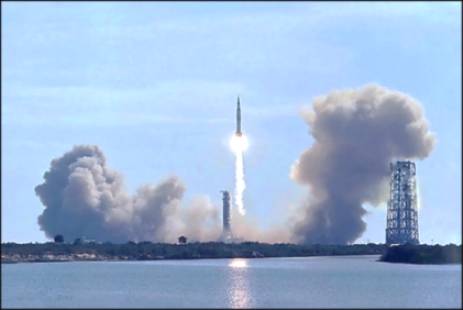
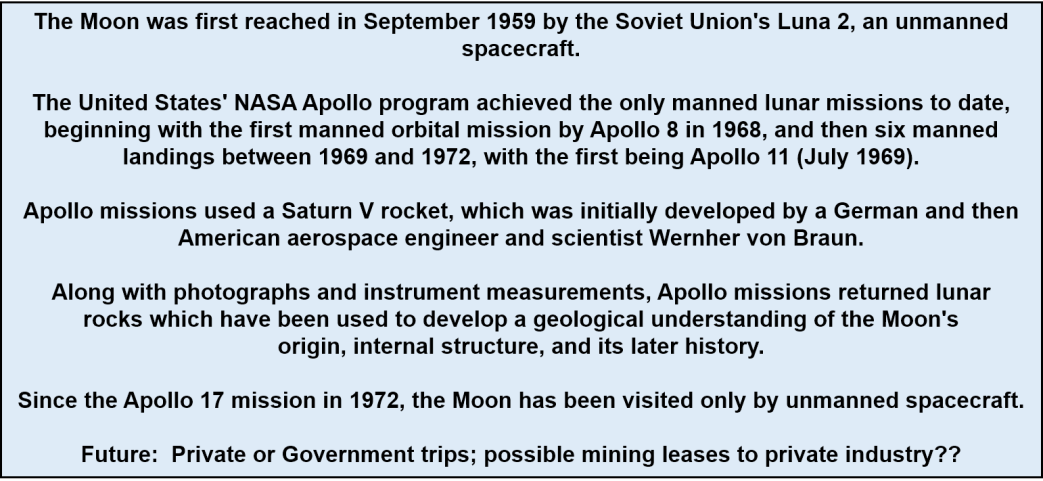
Apollo 11 carried three astronauts in a trip that extended from liftoff from Florida July 16 to splash down July 24 in the Pacific Ocean (Figure 3). Two of the three astronauts spent July 20 exploring the surface, performing experiments and collecting rock and soil samples from the landing site.
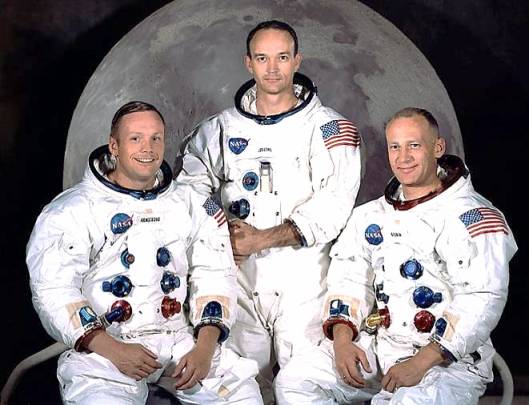
Armstrong was first to descend the ladder and walk on the surface followed shortly thereafter by Aldrin. Collins stayed aboard in case of trouble (Figure 4). All three were brought back safely, landing in the Pacific Ocean July 24. In all, NASA sent six manned Apollo missions to the Moon between 1969 and 1972, and a total of 12 astronauts walked on its surface.
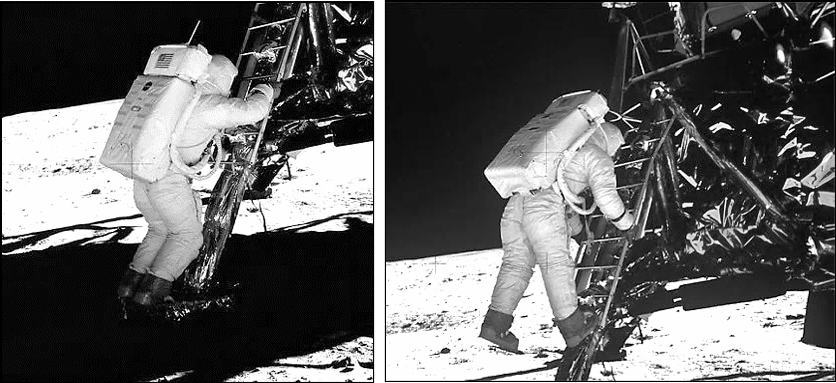
To note here is the recent passing of Christopher Columbus Kraft July 22, 2019. He was the first director of NASA’S Mission Control and guided most of America’s space explorations, including the first crewed spaceflight, first crewed orbital flight, first spacewalk, and first manned mission to the Moon. The current NASA mission control building is named in his honor.
What did we learn?
Surface images, instrument studies, and lunar rock samples brought back from Apollo missions have provided considerable information about the composition, age, and origin of the Moon (Table 2).
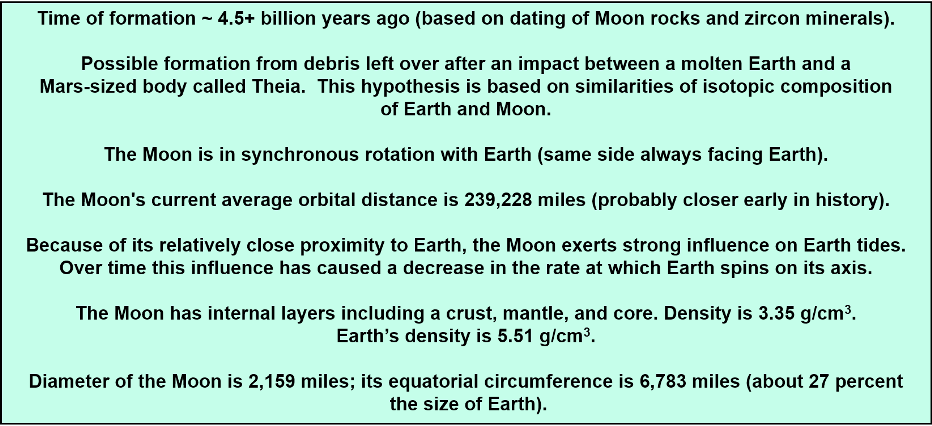
Most of the lunar crust and surface consists of igneous rocks such as basalt and anorthosite, both of which occur on Earth. Chemical isotopic composition of these rocks is very similar to that of Earth (Figure 5). Other materials include impact breccias and lunar “soil” (Figure 6).
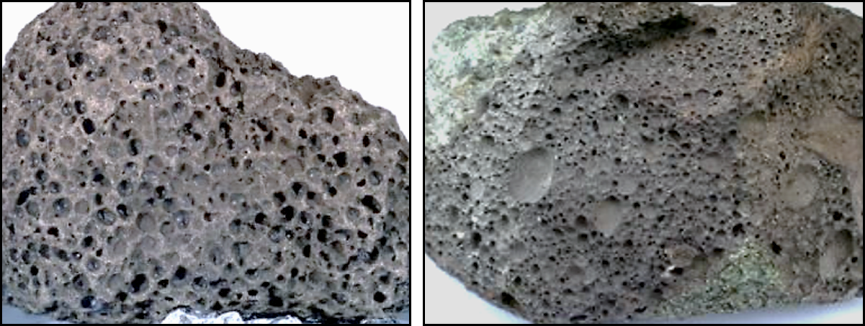

Various samples of moon rocks returned to earth have been radiometrically dated, with the oldest samples nearly 4.5 billion years in age. These samples, and other information gathered by NASA explorations indicate that the composition of the moon is very similar to that of the outer crust and mantle of Earth (Figure 7). Combining information about the composition and age of lunar rocks has provided support for the hypothesis that the Moon formed as a result of an impact with another planet very early in its history (Figure 8).
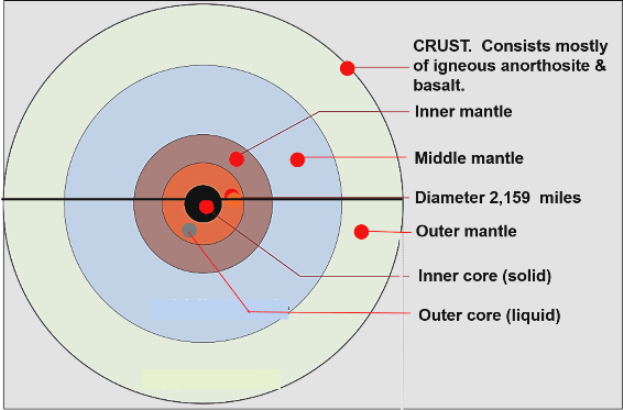
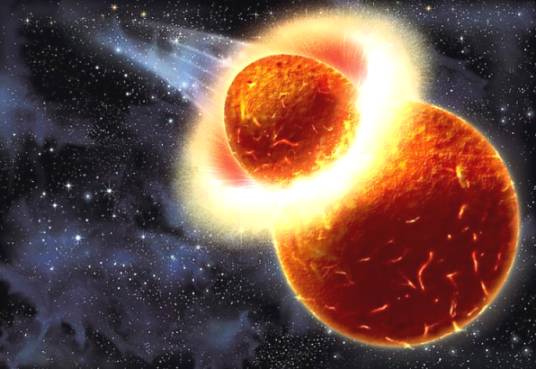
Proximity of the Moon to Earth and its gravitational pull over the past 4.5 billion years has affected the Earth. We recognize the daily diurnal and monthly changes in ocean tides. There was another unproven prediction by astronomers that this gravitational pull should have affected the Earth’s rotational rate over time. Proof for this hypothesis was first discovered accidentally in the early 1960s by, surprisingly, a paleontologist named John W. Wells who was studying fossilized corals from the rock record. His discovery was the changes in number of daily growth lines, which could be recognized in the calcium carbonate skeletons of fossilized and modern invertebrates (Figure 9).
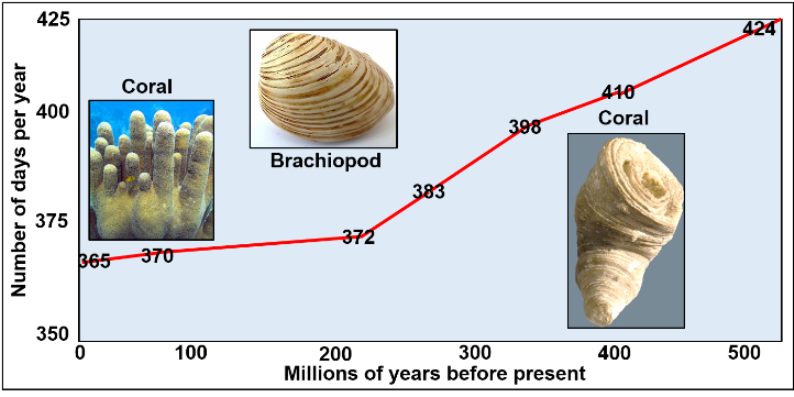
Human interest
Over and above moon related things such as Moon Pies, moonshine and lunatics are a couple of thought-provoking observations (Figures 10 and 11).
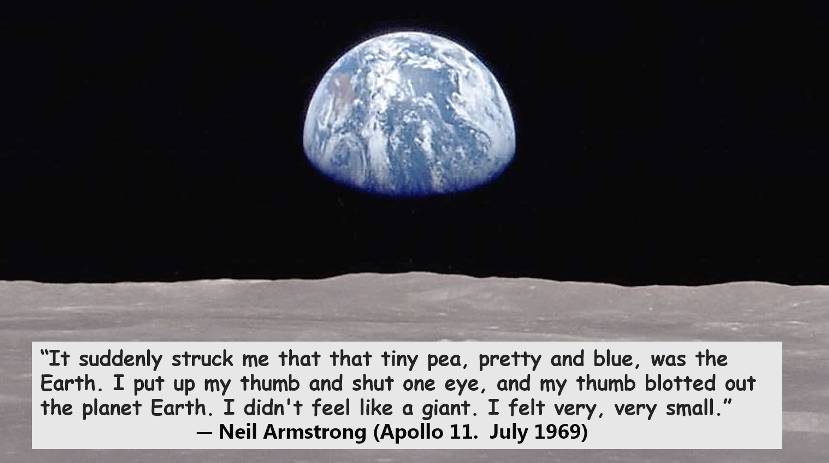
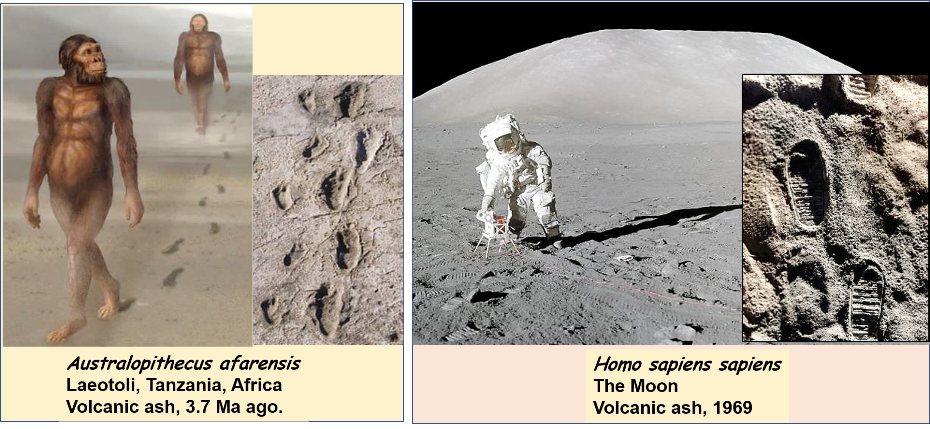
Articles related to “Our Geological Wonderland: The Moon”
Our Geological Wonderland: A self-guided field trip in and around St. George
Our Geological Wonderland: Examining the Biblical Great Flood



